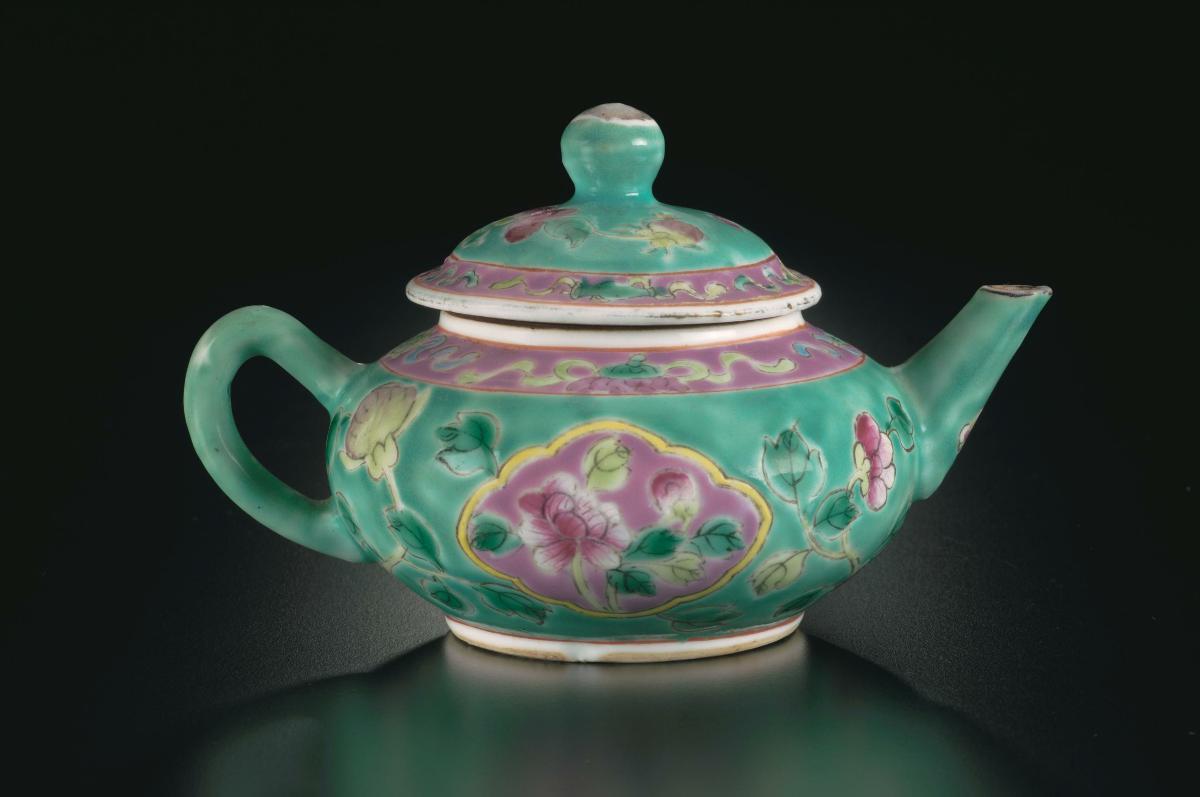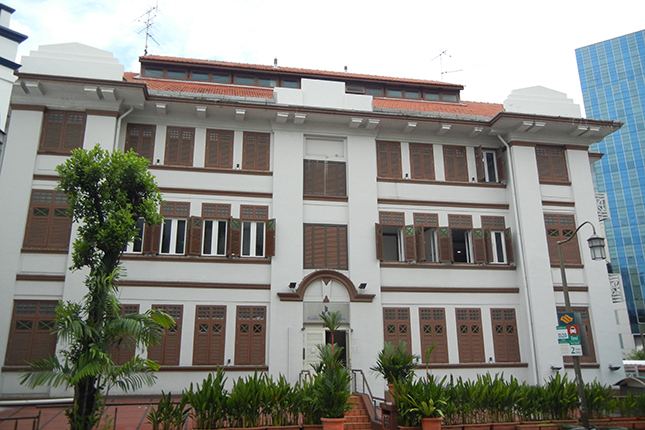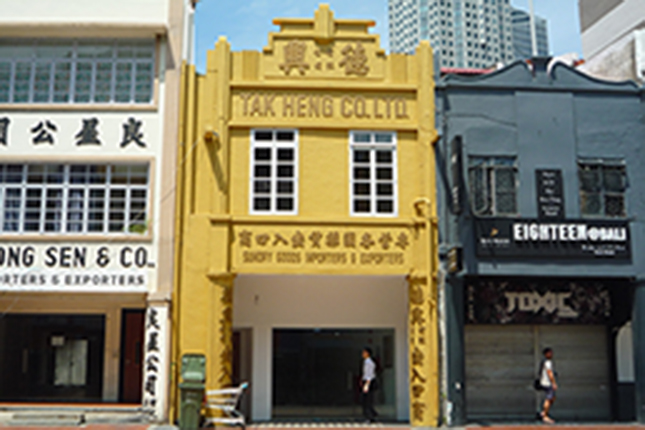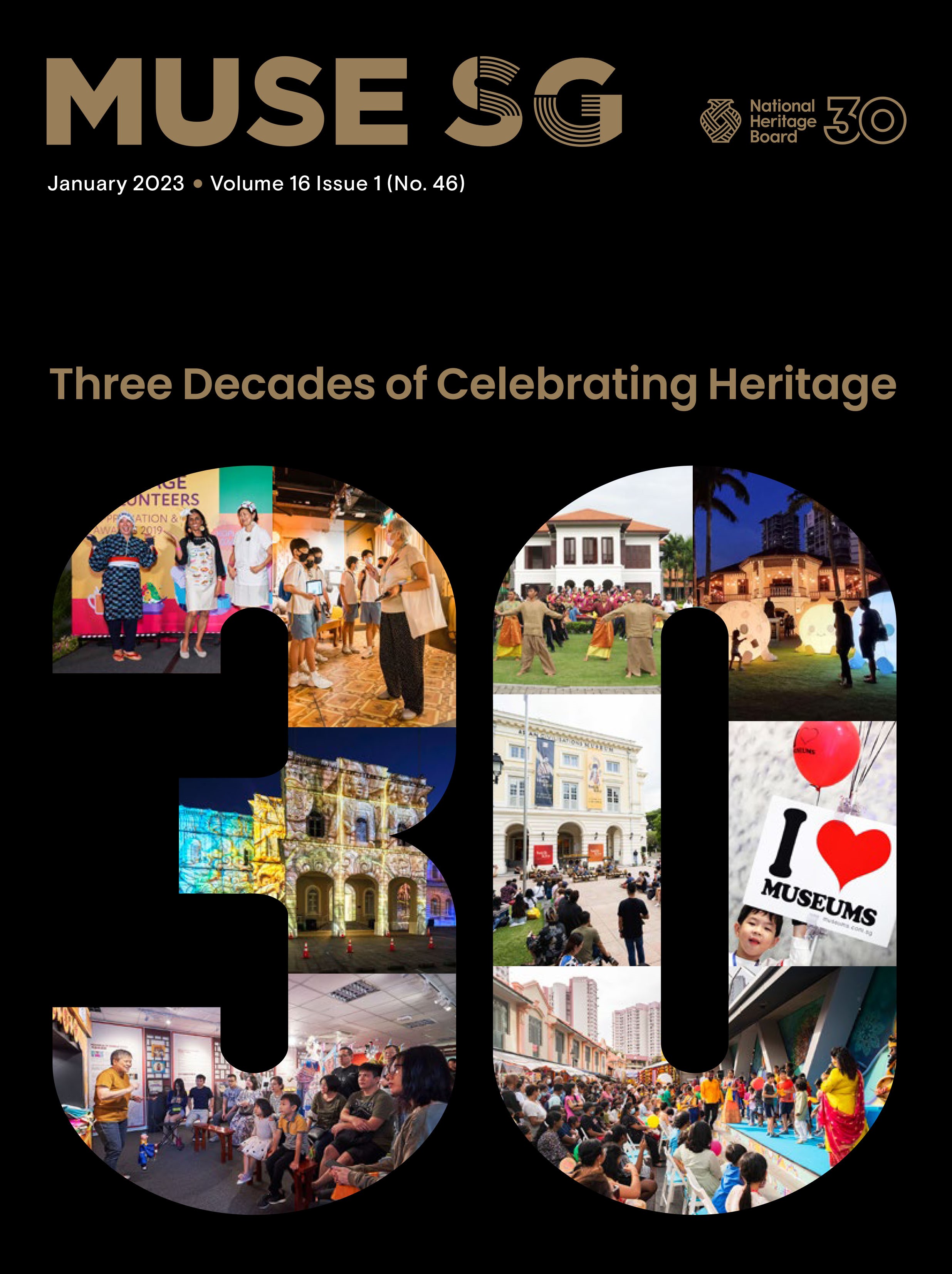Teapots from Dehua were either circular or moulded in the form of a pomergranate. This flattened teapot also known as 'bianhu' is moulded in two sections and then combined. Loose leaves rather than powdered tea was introduced in China during the Yuan dynasty (1279-1368). The preparation of which required the use of teapots. Teapots became an indispensable accessory to tea-making in China during the Ming period (1368-1644) when the steeping of whole leaves was generally accepted as the best way to prepare tea. Teapots from Dehua were sold both on the domestic and export markets. This type of teapot also found some popularity in Japan. In eighteenth-century Europe, teapots were a great feature of social life.Dehua, located on the southeast coast of Fujian province, is well known for its production of white porcelain, known to Europeans as 'blanc de Chine'. The earliest Dehua porcelain was produced as early as the 14th century but the production and quality of these porcelain peaked around the 17th and 18th centuries.

















